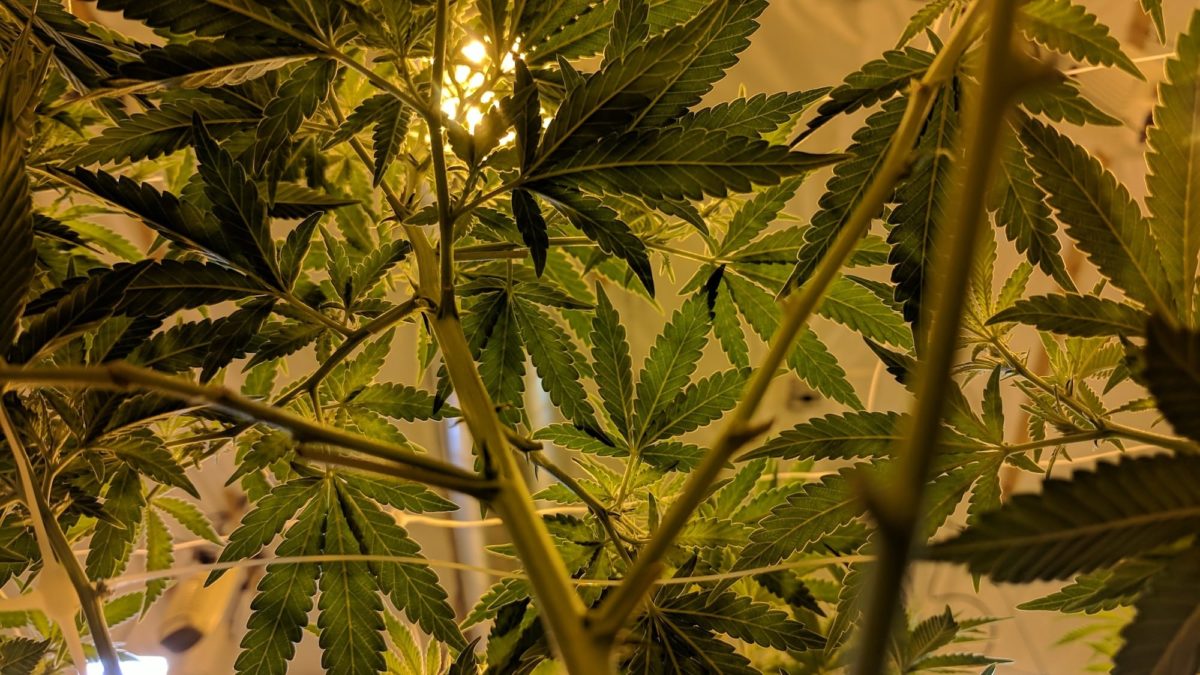11 Steps for a Successful Indoor Cannabis Harvest

Producing a successful indoor cannabis harvest requires knowledge, patience, and resources. Although tips may vary depending on strains and geography, below are eleven universal steps to aid in the process.
Step 1: Plan ahead.
Consider the site and create an optimal layout that accommodates worker flow and cleanliness protocols, as well as how plants, products and supplies are moved through the facility. Carefully schedule logistics for material and personnel in sync with cultivation and harvest schedules.
Step 2: Consider a perpetual harvest.
While perpetual harvesting requires consistent attention, it allows for cannabis harvesting as desired. Indoor perpetual harvesting maintains a steady rotation of crop through the different phases of the cultivation process. When a set of plants is done flowering and ready for harvest, they are replaced with a set of plants from the vegetative stage. Plants moved from the vegetative stage will, in turn, be replaced by clones or seedlings. As those clones or seedlings replace the veg plants, more clones are added or seeds are grown, therefore, cycling plants through the whole process like a revolving door.
Step 3: Setup a power alternative.
Electricity is a bonus of indoor cannabis cultivation and harvesting but when a blackout occurs, fresh-cut plants start rotting after two days in humid, static air. The California cannabis industry is one example, as operators scrambled to save crops from spoilage amid a region-wide electricity blackout. Be prepared before an emergency strikes by purchasing a generator and safely storing gasoline to keep systems running and plants happy.
Step 4: Keep areas clean.
Tidying up the room before harvest is not only key to moving quickly and safely throughout the space but keeps plant-ruining pathogens and pests, particularly spider mites, at bay. Disinfect all washable areas, including drying racks and lines, and keep curtains, carpeting, rugs, and tablecloths out of the drying room.
Step 5: Beware of Croptober.
Croptober marks the September, October, and November season when outdoor growers reap the rewards of their hard work, but indoor growers can feel the pinch as these outdoor-grown crops cause the market prices of cannabis to fall. It’s best to consider variations in profit margins ahead of time while you are planning harvests.
Step 6: Ensure each plant is identified.
Especially important is having more than one set of hands working the indoor cannabis harvest to help ensure each plant’s container has an identifier which states the strain name. This is to prevent it from being grouped with the other strains in the room.
Step 7: Use a magnifier to inspect the trichomes.
The naked eye needs a little help when inspecting trichomes. A few options include a jeweler loupe (cheap and low-tech), a handheld magnifier (not costly and easy to find), and a digital microscope (expensive and the best option).
Step 8: Flush carefully.
Flushing helps remove built-up salts and minerals, as well as forces plants to use up their sugar reserves. This process ensures a smooth, flavorful smoke with a delicious scent profile. To properly flush plants, you need to give them only pH-balanced water for the last one to two weeks of the flower cycle. Be sure to change reservoir water daily for the first three days to get all the salts out of the system.
Step 9: A.M. harvest in the dark.
Harvest first thing in the morning and do not turn on lights. Turning on the lights causes the plants to begin drawing up sugars stored in the roots overnight. These sugars lead to harsh smoke if they are present in the buds.
Step 10: Cure properly.
Not properly curing the flowers leads to a harsh smoke and crop loss to mold. To avoid these issues, place freshly trimmed buds in glass jars with rubber airtight seals. Then burp the container for ten minutes, three to four times each day for two weeks. The unsealing of the containers lets the buds breathe and keeps moisture from spoiling the flowers, while resealing evenly distributes the moisture throughout the buds. After two weeks, the buds should be properly cured and therefore, ready to be enjoyed or stored safely.
Step 11: Prepare against theft.
Cannabis is most valuable to thieves after it is cured and stored. As employees are the most common culprits, plan to minimize persons coming into contact with the stored material. Utilize transportation manifest logs, and only allow managers to weigh and package large lots. Use sign-off sheets as well as seed-to-sale tracking systems to protect each step of the process.
Share your successes and lessons learned with others at CannaCon, the perfect venue to compare notes and learn about how to harvest cannabis. Secure your seat today for the first CannaCon of 2020 in Tacoma, WA, on January 10 – 11!

Cell phone photos best and easiest way to magnify trichomes and track progress